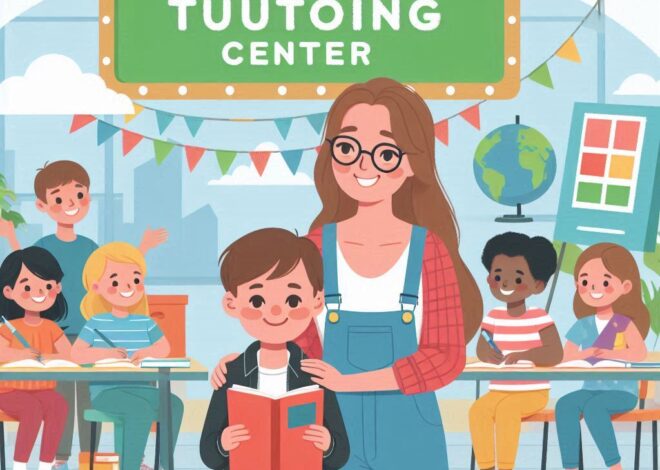
Cool Math Learning Ideas To Create Interest In Primary Students
Keeping the interest of primary-level students is not easy at times. Their attention spans are often quite short and they lose interest quickly. Planning lessons requires additional thought to determine how to engage and re-engage them until the desired learning outcomes have been met.
One simple way to keep kids in the primary age group connected and engaged to learn is to introduce cool learning activities that will spark their interest and hold it long enough for them to know. The great part about doing this is that when learning is fun or unique, kids are more likely to remember what they are taught. So creating different math learning activities is beneficial in many ways.
Here are some cool ideas you can use to create interest in your primary-level students that will help them to learn math.
1. Use food – You can use food items to teach fractions, grouping, multiplication, mean, median and average and so much more. Use pies, cake or pizza to demonstrate the impact of fractions and determine which is more. Candies or other small items are great for grouping and multiplication. Coloured items such as jujubes are a great way to show numbers such as mean, median and average.
2. Dice and card games – There are too many options here to mention so a simple online search will help you to find the games that teach the concepts you’re trying to reinforce most. Probability is an excellent one to teach with cards or dice.
3. Baking or mixing – Another food-related item, but a different approach to understanding ratios and fractions, how small things can have a big impact and so much more. Multiply and divide fractions and whole numbers for recipes, figure out the ratio of baking powder to flour and many other ideas that show students the real-world impact of the numbers they are working with.
4. Science experiments – Just like mixing up things like cupcakes, bread or dough recipes, trying some fun science experiments that require measuring can be a great way to get kids excited about math. The experiment process requires estimation, then proving your estimation, hypothesizing, critical thinking and much more. These are all excellent skills when it comes to helping kids to understand the mathematical process and thinking critically about what they see, or making assumptions before proving their guesses.
5. Geometry lessons – There are many, many ways to teach geometry, angles, shapes, lines and much more in the real world. Try fitting shapes together, measuring for flooring or paint amounts or doing several different home-related tasks that get them trying new things, learning life skills and seeing how math can have a positive impact on their daily lives.
Math learning can feel uncomfortable, boring and daunting to many students, but making the lessons fun and interactive makes a huge difference in the amount of engagement you get from primary-level students. Try these cool ideas and watch your students or children learn like never before!





